Have any of you framers ever used 5/4″ decking for a sill plate? Our code says it needs to be min. 2x_ on sill sealer. Builder thinks 5/4 decking would work fine and doesn’t under stand why it would mater. What do you guys think?
Discussion Forum
Discussion Forum
Up Next
Video Shorts
Featured Story

The "She Build" initiative is empowering women in Seattle, WA by ensuring they have safe, healthy homes.
Featured Video
How to Install Exterior Window TrimHighlights
"I have learned so much thanks to the searchable articles on the FHB website. I can confidently say that I expect to be a life-long subscriber." - M.K.
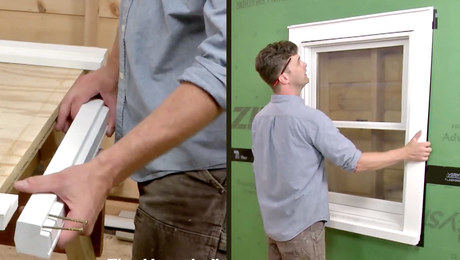

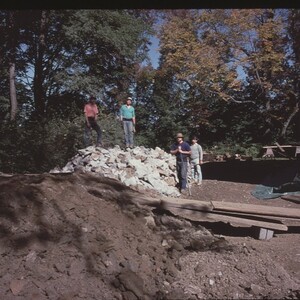

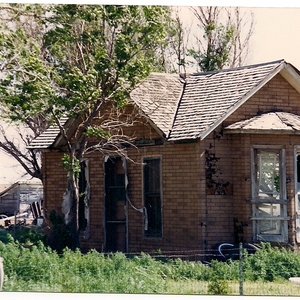






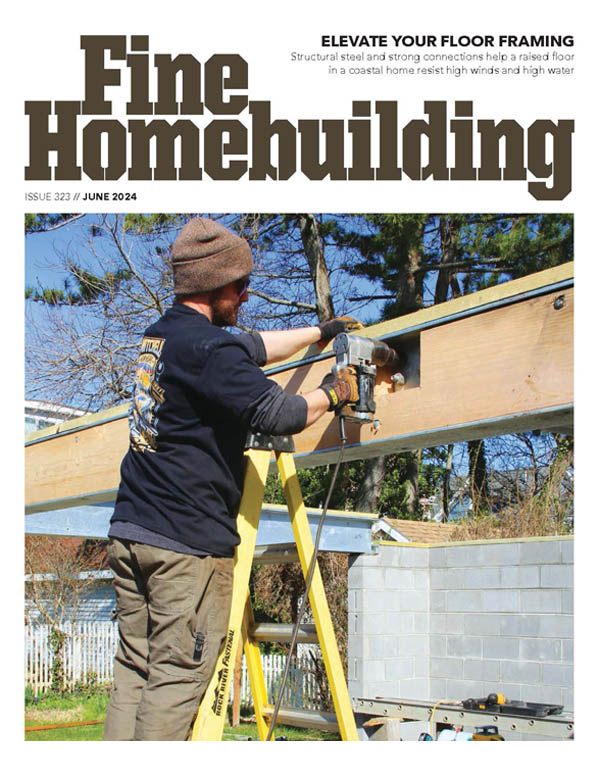

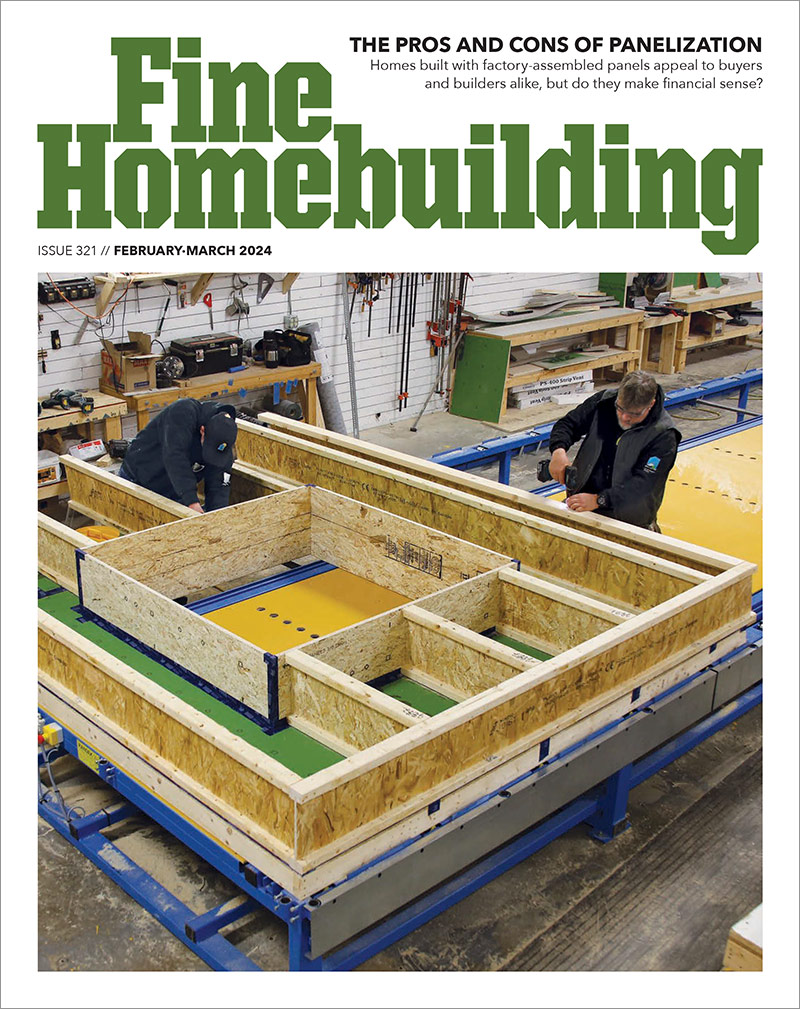

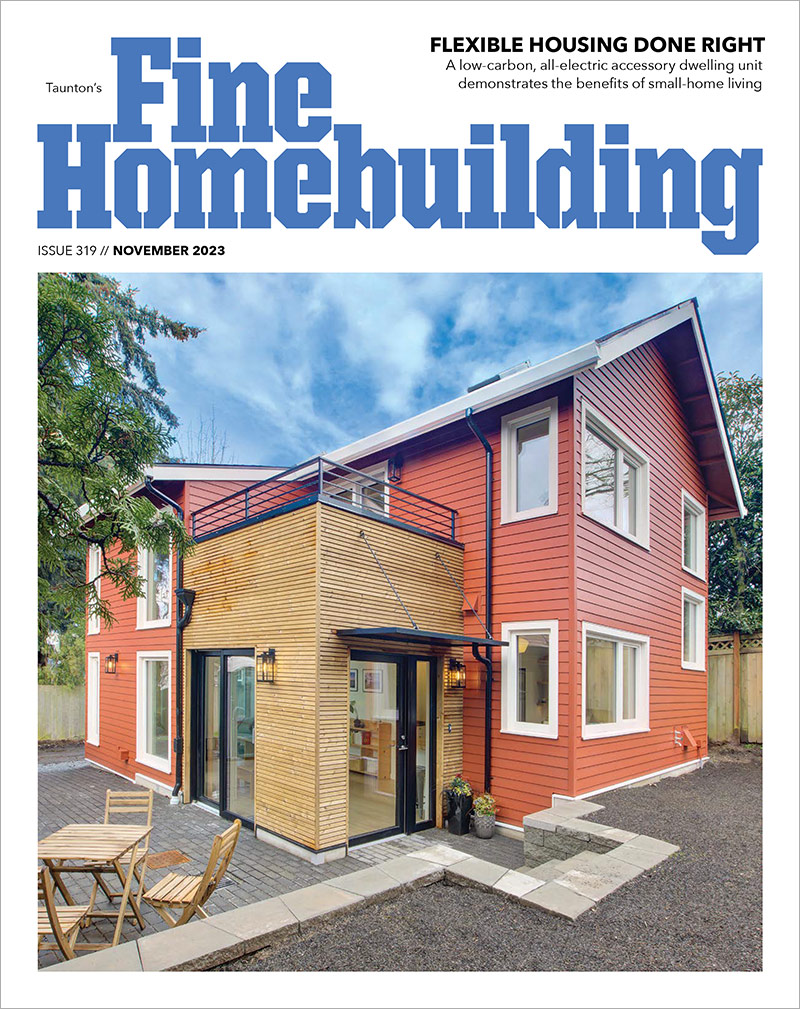

Replies
Robin wrote:
Have any of you framers ever used 5/4" decking for a sill plate? Our code says it needs to be min. 2x_ on sill sealer. Builder thinks 5/4 decking would work fine and doesn't under stand why it would mater. What do you guys think?
_____________________
Robin, seems to me that whatever the builder thinks, the building inspector who checks for code conformance has the last say.
If your local code says 2x, I don't see how you can avoid using 2x if you want to pass inspection.
Just my 2¢.
Roanoke VA
I have built in 3 or 4 jurisdictions here in NC. Of those, 1 has a floor framing inspection requirement. None of the others do, so I doubt seriously that any building inspector in those would even notice that 5/4 for mud sill was used unless it was when he was checking anchor bolts. Doesn't sound good to me though...Matt
Never used 5/4 for framing. He will have to use shorter nails than the standard 3" or 3 1/4" framing nails because when toe nailed they well probally poke through the plate. What benifits does he says it has over 2x? It sounds like he messed up the material order. What will he use for a top plate?
Never used it before and as far as I know from reading what everyone else talks about from where ever they're from uses at least one 2x for sill.
What do the plans say?
Sounds like the builder has no clue as to what he's doing unless from where your from he's always used 5/4 as per plans and this is the first time he has seen it specked on a set of plans before. If the plans call for a 2x6 or 2x8 sill then why question it. Is he trying to save a few dollars.........
Also is this for an addition or new construction because if it's for an addition and the foundation is already in maybe there was a mistake with the height and a 2x sill is to high.
Joe Carola
Terminology -
To me, a sill is the piece of lumber laid on the foundation, bolted down to it, on which the floor frame sits and is attached. it is used to plevel that same floor when errors exist in the crete
A plate is the bottom or top horizontal member in a framed wall maintaining the spacing on the studs.
I would see no terrible problem with a 5/4 bottom plate, but there could be major problems with a 5/4 top plate. Top plates are usually doubled for structural reasons.
A sill on foundation acts not only as cushion between crete and floor frame materials , but is also the nailing base and attachment of the house to foubndation. It may be that it is more prone to deflection and uplift in a hurricane, depending on how deep the anchor bolts sit in it or in a typical two by. I suppose that would the reasonning behind the code.
Since you use the mixed term sill plate, instead of sill or plate, I am not entirely sure which item you refer to.
But the important thing is to remember what has allready been said, if you start arguing with the building inspector at this point in the process, you have a loooooonnngg row to hoe before this house is finished
Welcome to the
Taunton University of Knowledge FHB Campus at Breaktime.
where ...
Excellence is its own reward!
Piffin,
Robin said this, "Have any of you framers ever used 5/4" decking for a sill plate? Our code says it needs to be min. 2x_ on sill sealer"
Since he said " on sill sealer" I would assume he means sill or mudsill.
Joe Carola
Yep, I figured that to be most likely and it probably is a regional thing. The PT doesn't hint at all that much, since southern homes are often all PT framing.
Welcome to the Taunton University of Knowledge FHB Campus at Breaktime. where ... Excellence is its own reward!
since southern homes are often all PT framing. Where? Almost all the houses here are built with PT bottom sill-plates on a layer of tar paper, and all the other framing is regular syp or spf. And we don't have mud sill. Just fasten the bottom plate to the concrete slab and keep on nailin'
Maybe they're all pt in Fla where bugs are more of a problem?
Whenever you are asked if you can do a job, tell'em "Certainly, I can!" Then get busy and find out how to do it. T. Roosevelt
Florida has some bad termite and rot problems.
Welcome to the Taunton University of Knowledge FHB Campus at Breaktime. where ... Excellence is its own reward!
Ed:
We are not talking about slab on grade houses - or at least we being the other people who responded - would not bet money on the guy who posted the initial question. The mud sill is the PT board that is nailed & bolted to the top of the crawl space or basement foundation walls around the house perimeter. Then a wooden floor system is nailed to (framed on top of) the mud sill - or maybe you already knew that. Matt
Yep, already knew that. But only cuz I read FHB and it seems to feature yankee style homes.
Whenever you are asked if you can do a job, tell'em "Certainly, I can!" Then get busy and find out how to do it. T. Roosevelt
Thanks for all the responces. I had him change it out to a p.t. 2x6. The reason he wanted to use the 5/4 was because of a height problem between the new and existing addition. I am allowing him to notch the 2x10's at the plate the 3/4" to make up for the height issue.
Sounds like the better solution. Matt
I assumed he meant mud sill especially since he was talking about PT lumber. I have heard them called sill plates a few times too, "sill' being the key word. Maybe a regional thing... Matt
silly question mebbe...why is sill seal not used under the SOLE PLATE (wall to subfloor) as a stop gap? It's seems to me, it could be a benefit. Can ya tell I am busy sealing cracks in my place? LOL.
Spheramid Enterprises Architectural Woodworks
Repairs, Remodeling, Restorations.
I have done that before. It works well. You (or anyone) may have noticed that in some houses after a number of years the carpet in a house often gets dirty right at the exterior wall base molding - this is because air is leaking in there and bringing small amounts of dirt with it.
One small problem using the sill seal under the exterior wall sole plates did cause was that the exterior walls were about an eighth to 3/16" taller than the interior ones - you would think that the foam sill seal would crush down to nothing - but it didn't. You can see the minor problems the 3/16" might cause. This was not just an anomaly, as we did it on a group of 6 houses. Matt
5/4 mudsills sound like a terrible idea. Here in the west, a lot of which is at least a seismic 3 zone or worse, we nail the bottom edge of plywood sheathing into the edge of the mudsill at least 6" O.C. That would ruin a piece of 5/4 lumber. I've taken to using 3x6 for mudsills. I suppose if you have no need to nail into the edge of the sill then it's less of an issue, but I think at least 2x has been the standard forever.
I know that we don't really count as part of the civilized world, but in Hawaii all the framing is done with Pressure treated, or metal. Blame the termites, they seem to like eating houses, although I am not real sure that the PT stops them.
We also have pretty high humidity, so it may also slow down the rot and mold problems. Whatever the reason, treated is the called for solution.
Dan
He probably had some decking laying around and wants to use it.........bad sign.
Besides this is a major rotting area if you don't do things right.............meaning IMO .........block, then 1/2 " sill seal, then 2x treated sill plate bolted to anchors layed into the block...............after finish grade there should be two courses of block exposed on the lowest elevation...........water is enemy no. 1 ........then bugs.